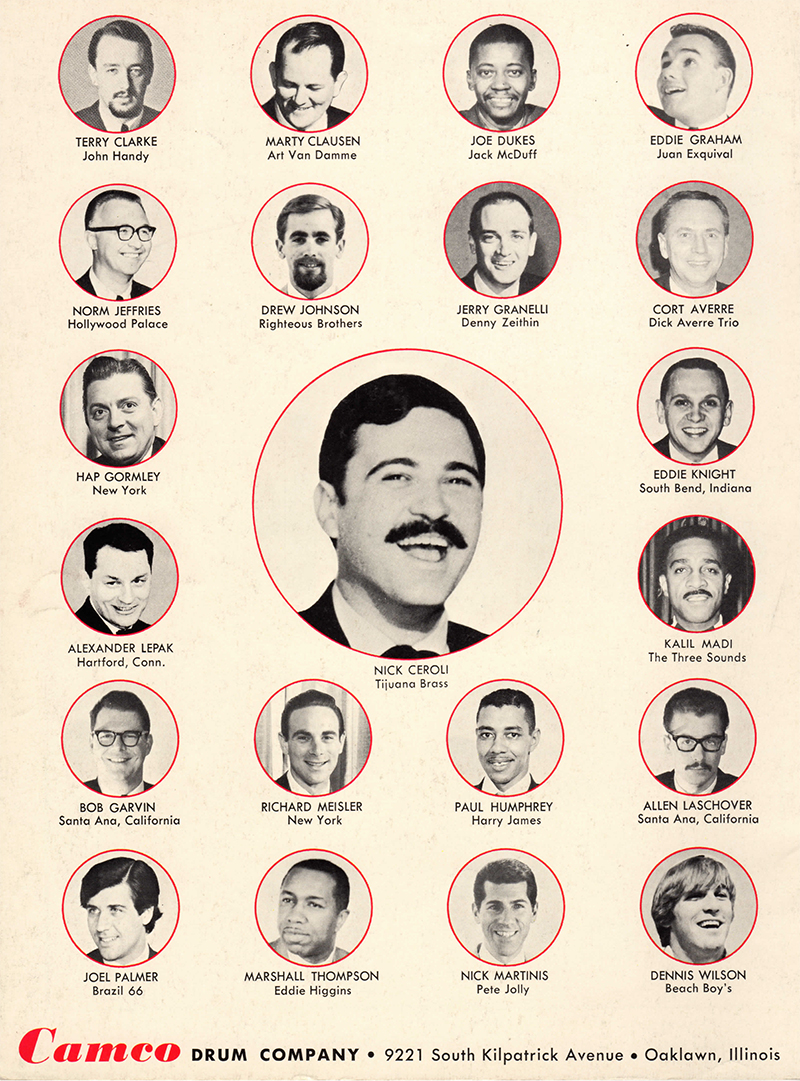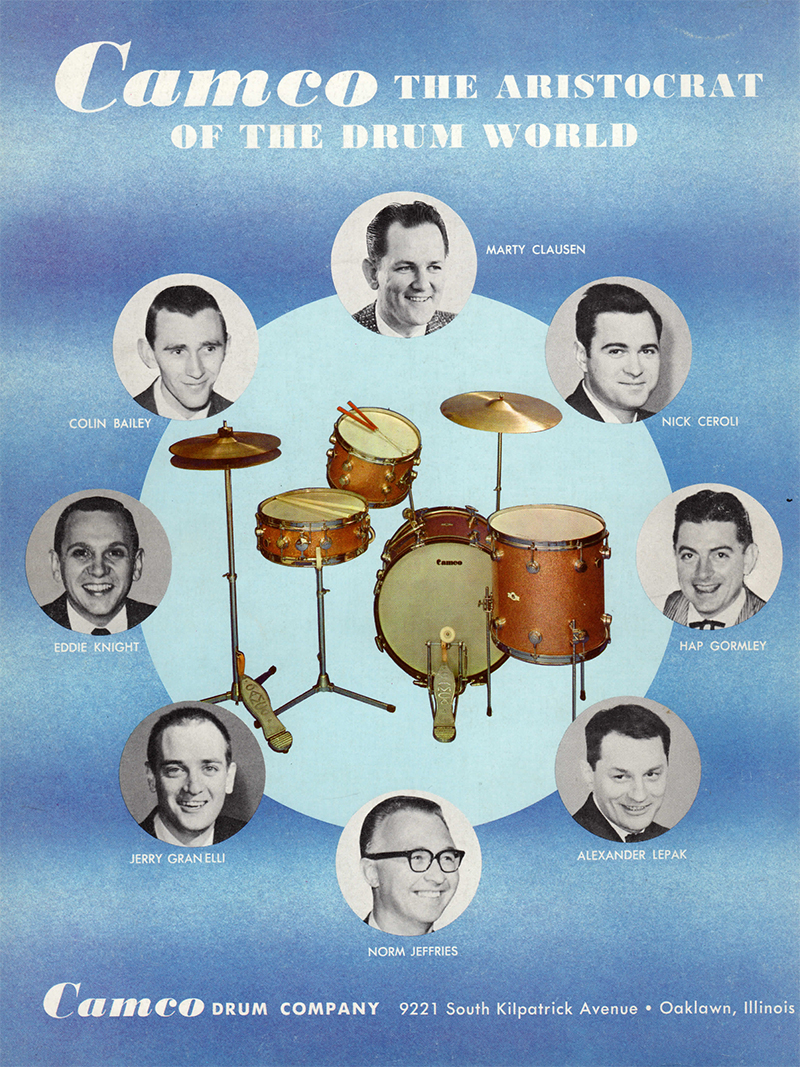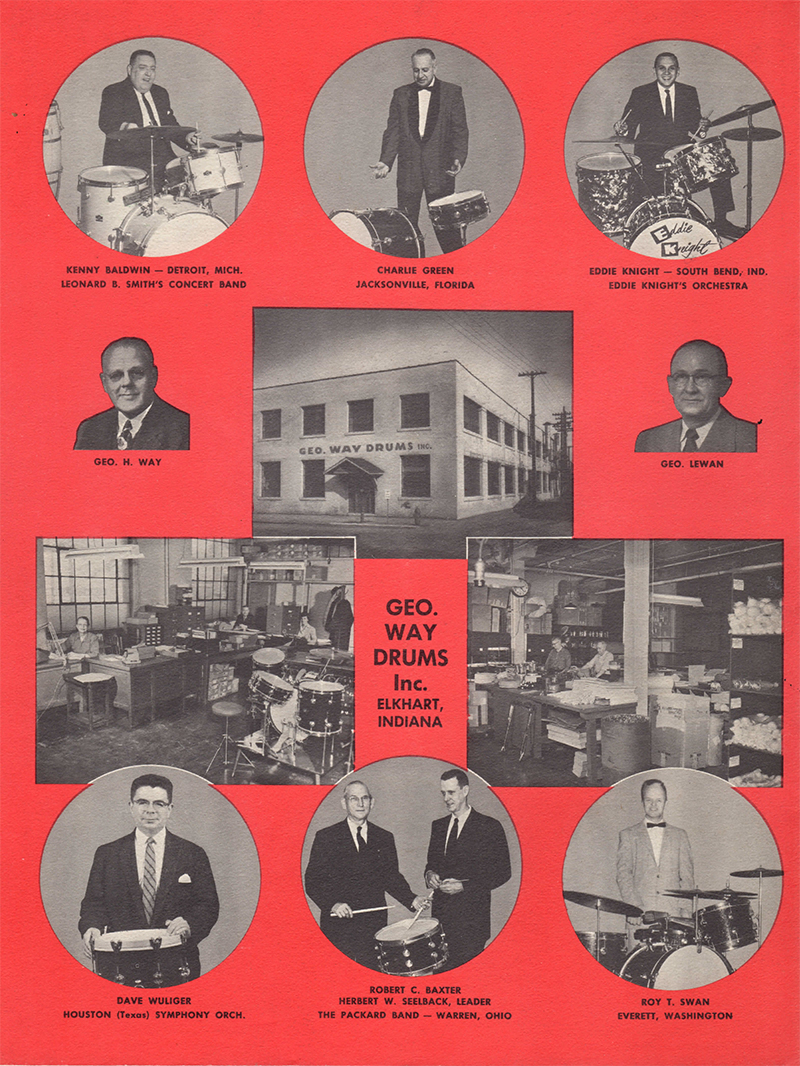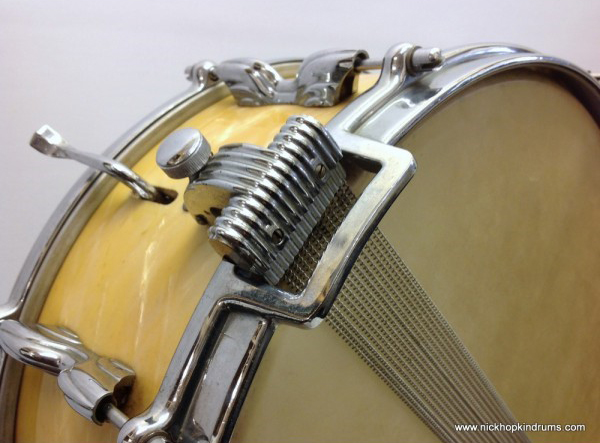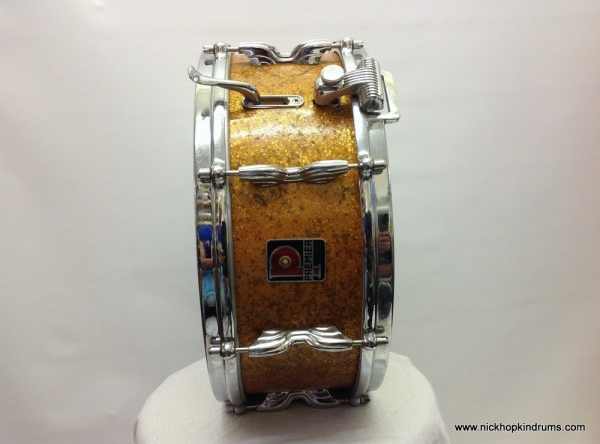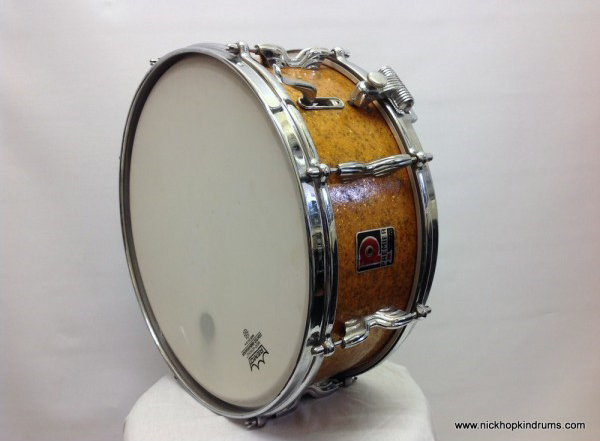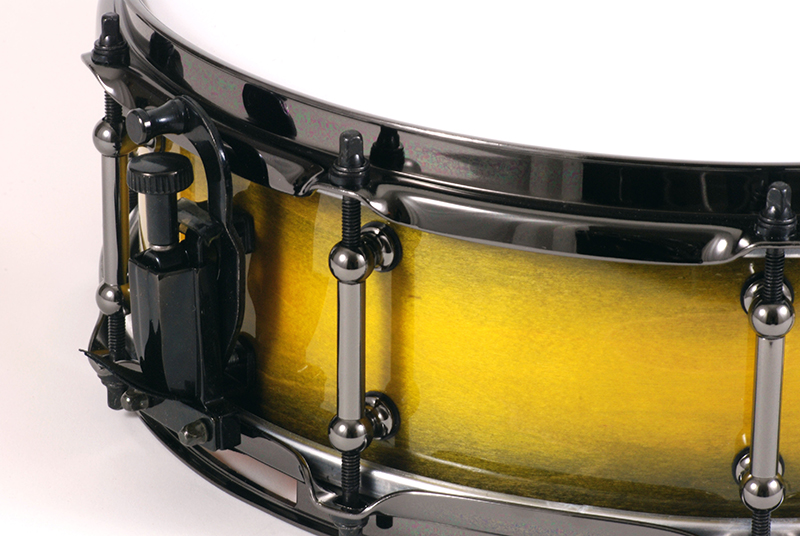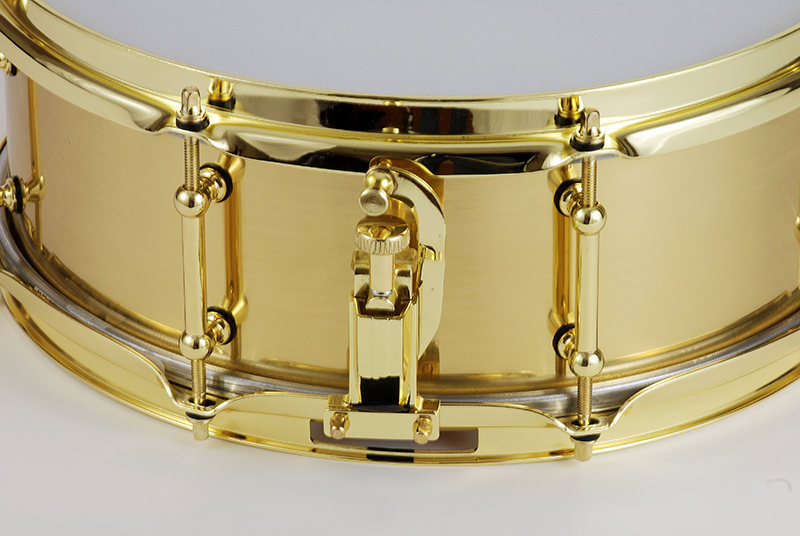I’ve known about Canopus’s high quality drums for a long time, having played one of their unique Zelkova wood one piece barrel shaped snare drums in my drum shop in the 2000s, and sold their accessories. I heard my first Canopus drum set at a NAMM show around 2006. The very small bass drum on that kit sounded huge and attracted a lot of attention. I had high expectations of these Yaiba drums before they even came out of the box. The Yaiba line has been around for three or four years and this is their new revised kit – revised for lower price but not lower quality. Both sets list for $1500 which is quite a price drop from the original Yaiba kits. Canopus’s drums and sets have never been cheap because they don’t make any cheap drums. This new Yaiba set is their first set that I think puts their sets within reach of the amateur or working drummer who wants to afford a very high quality drum set at a mid-line price. To achieve this price point on an already existing line, Canopus says that they adopted a different approach to the shell construction, heads and hardware from the original Yaiba kits. They also switched from nitrocellulose lacquer to a standard type of lacquer that reduced the time of the drying process and shortened their overall production time and cost. The new models also come in many color choices - Yaiba gray sparkle lacquer, dark red sparkle lacquer, ebony lacquer, and matte white lacquer. The word Yaiba means “Japanese Sword” by the way.
The Groove Kit sizes are very standard five piece sizes ; 18x 22 bass, 8x10 and 8x 12 toms, 16x16 floor tom, and a 6.5 x 14 snare drum. The shells of the Groove Kit are birch and have a nice punchy attack with a healthy underlying low end. This kit is aimed at the rock, funk, pop, fusion and modern country player who needs a kit that can deliver substantial volume with great tone.
My impressions upon inspecting them:
Snare:
- big fat and rich sound with lots of snap and high end cut
- nice deep snare beds
- canopus vintage snare wires sound great,
- bearing edges great – tuned right up, very rich fat sound, great snare response from very edge to center
- snare throw off is a Canopus proprietary p85 type that works great and has “Canopus” molded into the side of it, a nice touch
- the snare drum sounded great at all snare wire tensions; loose, medium , and did not choke out when tightened heavily
- the double lug design on the snare is very attractive and clever
Toms:
- Very full sounding with lots of distinct cut
- Easy to find the sweet spot when tuning
- RIMS type holders on the rack toms
- Tom mount? The only negative about the whole kit for me - no tom holder on the bass drum or double tom stand. I realize there are a lot of drummers who mount their toms on stands, but a holder on the bass drum for two rack toms is the norm. No mount puts the consumer and dealer in the position of having to have one installed or providing a holder of some kind.
Bass Drum:
- Very deep and powerful, punchy
- Nice adjustable ratchet spurs
- The die cast claws have rubber gaskets that make them line up with the lugs easily and to keep them from gouging the wood hoop, which is finished in the same lacquer finish on the outside
Hardware and Appointments:
- No generic hardware on the drums. All proprietary made specifically for or by Canopus
- Nice sculpted badge. The logo on the bass drum is very classy
- Came stock with Remo UT clear ambassador heads on toms, Nice Power Stroke III heads on the bass. Coated anbassador on the snare
- Beautiful finish. Great looking gun metal glitter type finish called Yaiba Gray. “Very Sparkly” as Rain Man would say
- Canopus’s “Bolt Tight” leather washers included on each tension rod on all drums. Two leather washers with a metal washer in between keeps the tension rod from loosening and also isolates the hoop and bringing out the low end of the shell – they work
Performance:
The Yaiba Groove can be summed up in one concise phrase – this is a very, very, very, very nice sounding and versatile drum set. This is a high level pro kit at a mid-line price. I would recommend this kit to anyone who is looking to step up to a nice five piece work horse kit with a finish that looks expensive.
Yaiba Bop
The Yaiba Bop set sizes are traditional as well – 14 x 18 bass, 8 x 12 and 14 x 14 toms, and a 5.5 x 14 snare. The shells are maple and have the warm and pleasing sound that maple is known for. This kit is aimed at the jazz or small group player, but the bass drum can be tuned quite low and is more full sounding than the average 18” bass drum. It could be substituted for a 20” bass drum easily.
My impressions upon inspecting them:
Snare:
- One word; snappy! Most plywood snares sound boxy to me, but this one had a nice bright attack with lots of body and no midrange boxiness.
- Snare response is exceptional from the edge of the head to the middle. Snare wire tension sounded great at loose, medium and tight settings.
- Tuning it was easy
Toms:
- Warm and big. Nice round notes at high and low tunings.
- Plenty of attack and lots of sustains. Nice blend between the two.
- Single bass drum mount for the rack tom with ball and socket arm. Yay! Thank you very much.
- Rims type suspension mount for the mounted tom.
Bass Drum:
- This is the biggest reason to buy this drum set. Canopus’s 18” bass drums are known for their big, deep sound. I don’t know what they are doing to achieve this, but they are in a class by themselves.
- Fitted with ratchet spurs and with matching paint on the hoops.
Appointments and Features:
- I already mentioned the bass mounted tom holder.
- The red glitter paint finish on this kit is stunning. They call it Dark Red Sparkle. Very classy. Nobody would kick this finish out of bed.
- The workmanship on all the hardware and the chrome plating is top notch. There are no compromises in the construction and machining of this instrument.
- The heads on this set are all Remo Ambassador coated medium weight heads.
Performance:
The Yaiba Bop set has a great sonority. When we play a small drum set tuned open with no muffling, we want the drums to blend pleasantly in a chord. The Yaiba Bop set, if tuned correctly, achieves this. I tried the toms and bass at very high, medium and low tunings. A very pleasing and sustaining blend was present at all tunings. The dynamic range is wide. No choking out at high volume and nice whispering tones w pianissimo strokes. Definitely a beautiful sounding jazz set that can double as a small setting pop or funk set.
My overall impression and rating of the Yaiba line is a solid ten out of ten. From a construction, features, performance, and visual standpoint, Canopus has delivered a superior top shelf professional instrument in two configurations at a price that is attractive.




